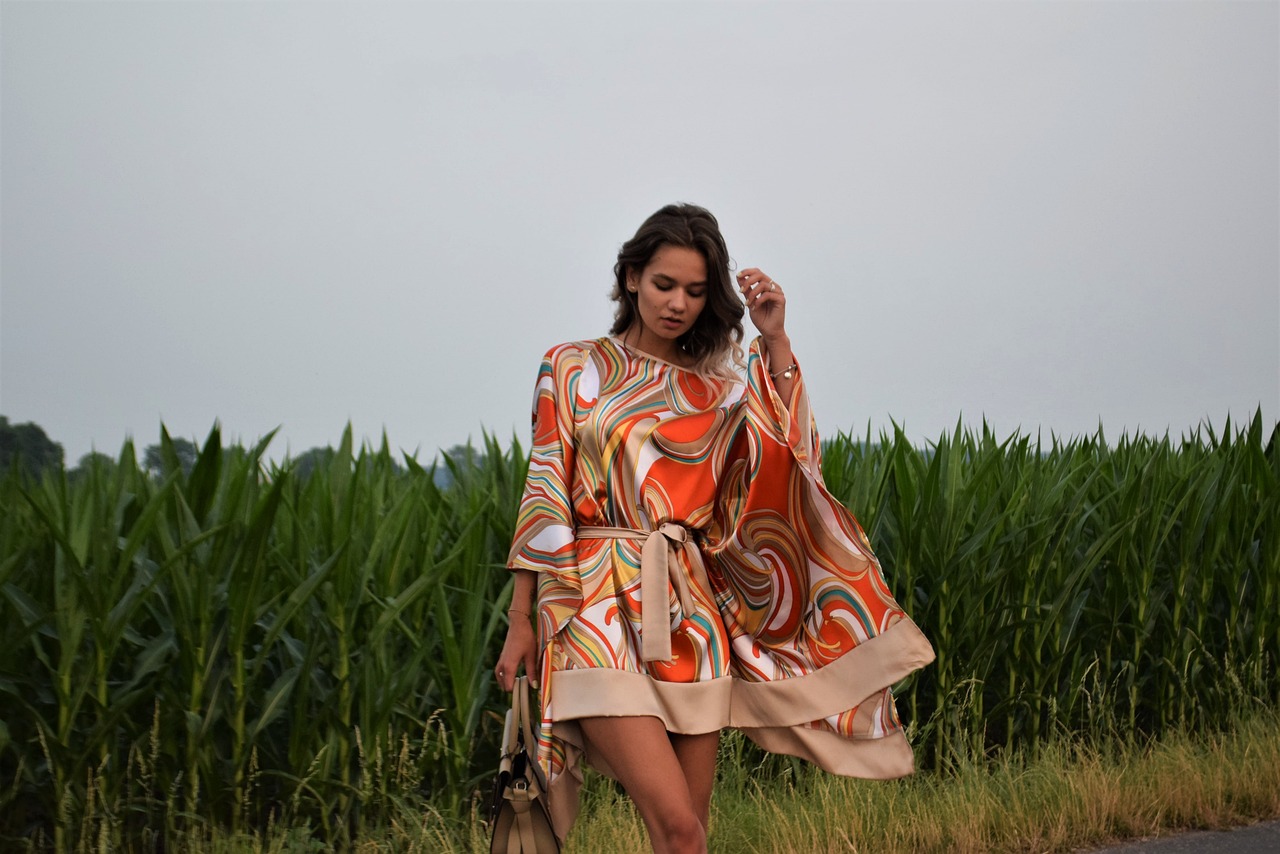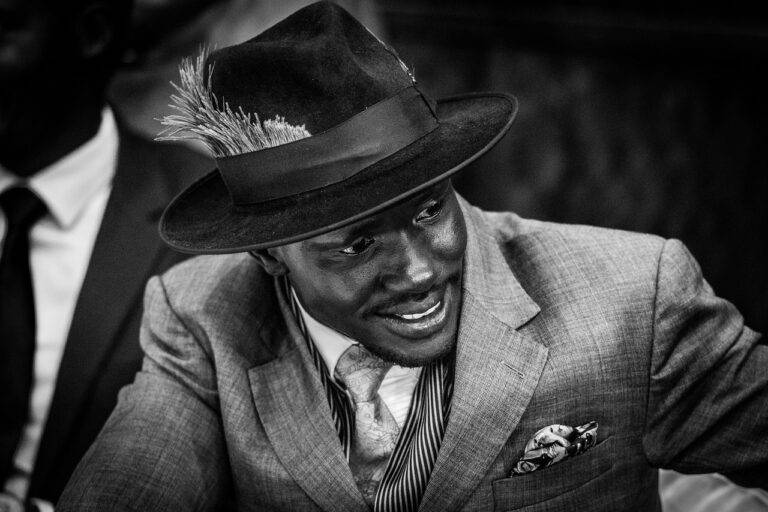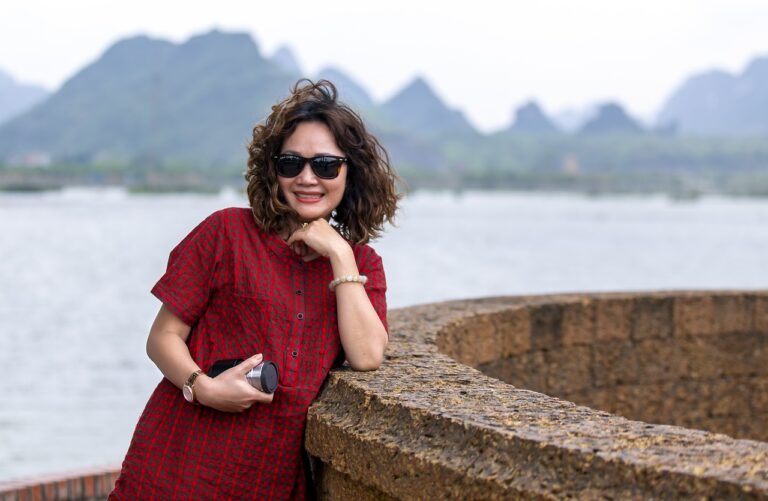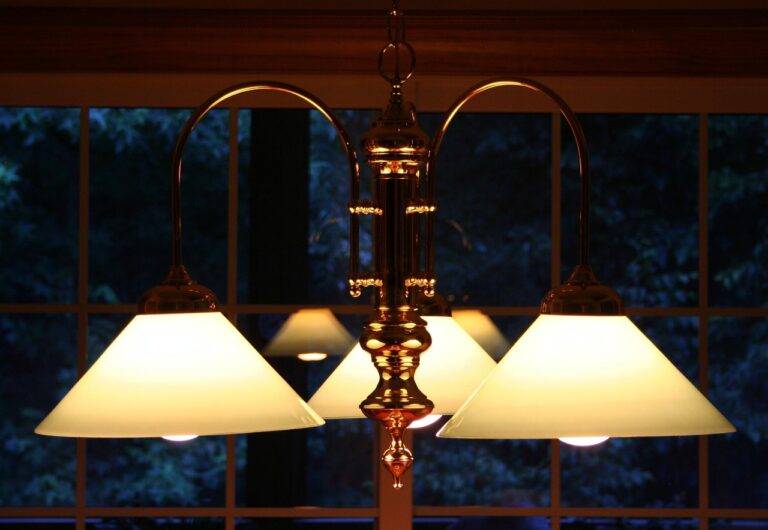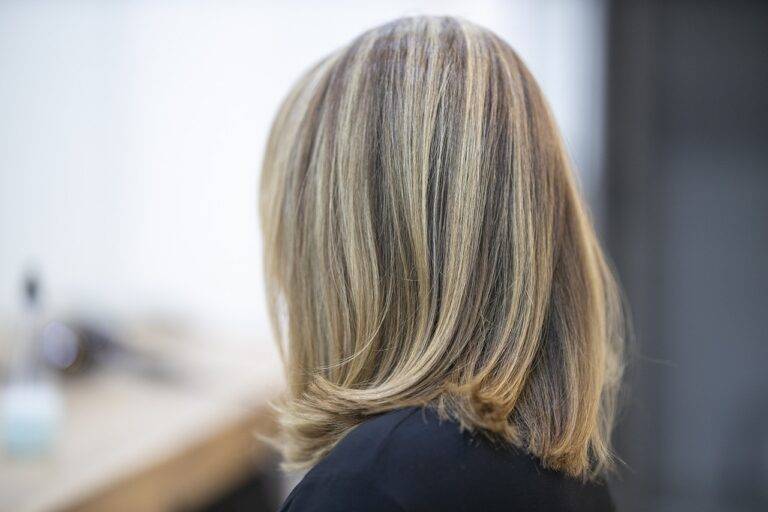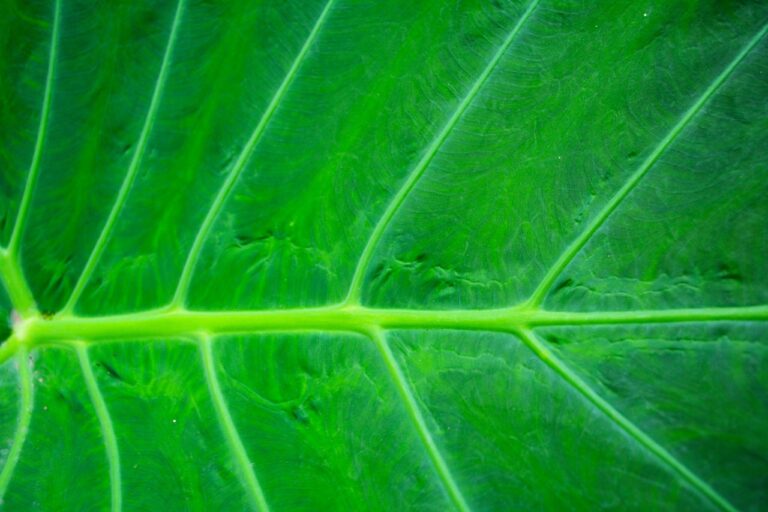The Art of Food Photography: Capturing Culinary Delights with Your Camera: All panel mahadev, Lotusbhai, Allpaanel. Com login
all panel mahadev, lotusbhai, allpaanel. com login: Food photography is an art form that has gained popularity in recent years, thanks to the rise of social media platforms like Instagram. With the right skills and techniques, anyone can capture stunning images of culinary delights and showcase them to the world. Whether you’re a seasoned professional or a novice photographer, here are some tips on how to master the art of food photography and take your images to the next level.
1. Lighting is Key
One of the most important factors in food photography is lighting. Natural light is usually the best option for capturing food as it provides a soft, even illumination. Avoid harsh overhead lights or direct sunlight, as they can create harsh shadows and washed out colors. If you’re shooting indoors, position your subject near a window to take advantage of the natural light.
2. Composition Matters
Composition is another crucial element in food photography. Pay attention to the placement of your subject within the frame and experiment with different angles and perspectives. Consider using the rule of thirds to create a more visually appealing image. You can also play around with props and backgrounds to add interest and texture to your photos.
3. Focus on the Details
When photographing food, it’s important to focus on the details. Capture the texture, colors, and shapes of the dish to give viewers a sense of what it tastes like. Use a shallow depth of field to blur the background and create a more dramatic effect. Pay attention to the presentation of the dish and make sure it looks as appetizing as possible.
4. Use Props Wisely
Props can add depth and visual interest to your food photography. Consider using plates, utensils, napkins, and other accessories to enhance the composition of your image. However, be careful not to overcrowd the frame with too many props, as this can distract from the main subject. Keep it simple and let the food be the star of the show.
5. Experiment with Different Angles
Don’t be afraid to experiment with different angles when shooting food. Try shooting from above, straight on, or at a 45-degree angle to find the most flattering perspective for your subject. Play around with camera height and distance to create unique and eye-catching images.
6. Edit with Care
Editing is an important part of the food photography process. Use editing software like Adobe Lightroom or Photoshop to enhance the colors, contrast, and clarity of your images. Be careful not to over-edit, as this can make your photos look unnatural. Aim for a clean and polished final result that highlights the beauty of the food.
FAQs:
Q: What equipment do I need for food photography?
A: While professional photographers may use high-end cameras and lenses, you can achieve great results with a smartphone or a basic DSLR camera. Invest in a tripod to keep your camera steady and a reflector to bounce light onto your subject.
Q: How do I style my food for photography?
A: Pay attention to the presentation of the dish by arranging the food neatly on a clean plate. Use garnishes, sauces, and props to enhance the visual appeal of the dish. Experiment with different compositions until you find the perfect look.
Q: Can I use artificial lighting for food photography?
A: While natural light is ideal for food photography, you can also use artificial lighting sources like softboxes or studio lights. Just be mindful of the quality of light and avoid harsh shadows or reflections on the food.
In conclusion, mastering the art of food photography takes practice, patience, and a keen eye for detail. By following these tips and techniques, you can capture culinary delights with your camera and create mouth-watering images that will make your audience hungry for more. Experiment, have fun, and let your creativity shine through in your food photography journey.

